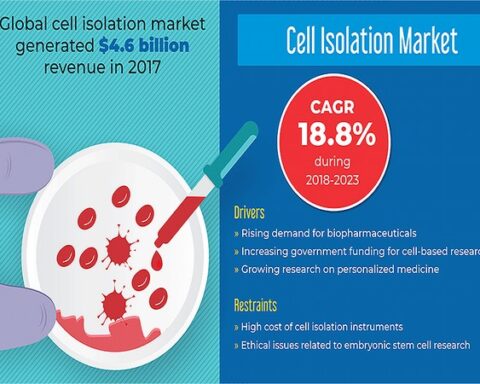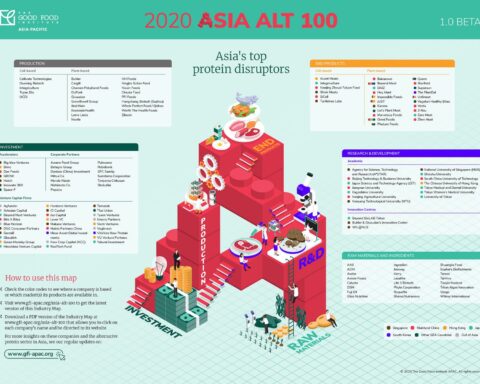The immuno-oncology therapy has shown excellent results in various clinical trials and in patients being treated with immune-oncology therapy. Immuno-oncology therapies can leverage patients’ immune system and re-program the same to attack cancer cells, providing a safe and effective alternative. There has been an increasing demand for immuno-oncology therapy as several traditional methods used in the treatment of cancer such as chemotherapy, radiation therapy, and surgery, etc. carry the risk of side effects, and have limited effectiveness as they tend to harm healthy cells present near the tumor microenvironment.
Worldwide sales of products used in immuno-oncology therapy are expected to account for the revenues worth ~US$ 10 Bn by the end of 2019, unveils the new research study. According to the report, the immuno-oncology market is estimated to grow by ~ 12% Y-O-Y by the end of 2020, primarily influenced by the recent advancements in the immuno-oncology market. The immune checkpoint inhibitors are the most widely used immuno-oncology therapy for treatment of cancer and is accounted for approximately 88% of the immuno-oncology market.
Increasing Clinical Developments to Drive the Demand for Immuno-Oncology Therapy
Currently, the number of ongoing studies in clinical development in immuno-oncology therapy is almost evenly split between early and late phases. However, the number of early phase studies on immuno-oncology is increasing rapidly. Significant focus on identifying newer pathways for immune regulation in tumors are resulting in the development of NMEs (new molecular entities), that are making their way into the clinics.
High attrition rates during clinical development means fewer candidates are entering later stages of development. Companies are also seeking regulatory approvals for combination therapies with existing immuno-oncology drugs as well as for multiple indications, which results in a huge number of programs in the early stages of development. This is leading to the overall growth of the immuno-oncology market globally.
Partnerships and Collaborations to Boost Technical Expertise
Companies are pursing licensing deals, partnerships, and collaborations to boost technical expertise and beef up their product portfolios. In order to stay in the competition, players of the immuno-oncology market are trying to identify and collaborate with smaller firms operating in the immuno-oncology market to expand their business globally. This strategy of market players is anticipated to fuel the growth of the immuno-oncology market over the forecast period.
Combination Therapies over Monotherapy to Spur Growth of the Immuno-Oncology Market
Combination strategies by using immunotherapy with radio, targeted antibody, chemo, and cryotherapy or with other immuno-oncology therapies are likely to expand the potential indications for various drugs. These combination therapies are supposed to improve survival rates of the patient considerably, as have been evident from limited clinical data in comparison with monotherapy. Various companies have identified that multiple pathways are affected in tumor regulation, hence seek to use combination therapy as a more effective method. These combination therapies are expected to contribute to the growth of the immuno-oncology market.
Immune Resistance Mechanisms Limiting Market Growth
It is desired to maintain the prolonged effects of the immuno-oncology therapies as there are high possibilities of developing immune resistance, which can degrade the duration of drug efficacy. Additionally, it is hardly feasible to develop a one-size-fits-all therapy that works equally well in all types of patient populations. Considering, different pathways are affected in different patients leading to limited efficacy for certain patients whose immune systems are regulated differently. This, according to study analysis, is hampering the growth of the immuno-oncology market growth.
This study underlines key opportunities in the immuno-oncology market and finds that the market would exhibit growth at a value CAGR of ~ 14% during forecast period.








